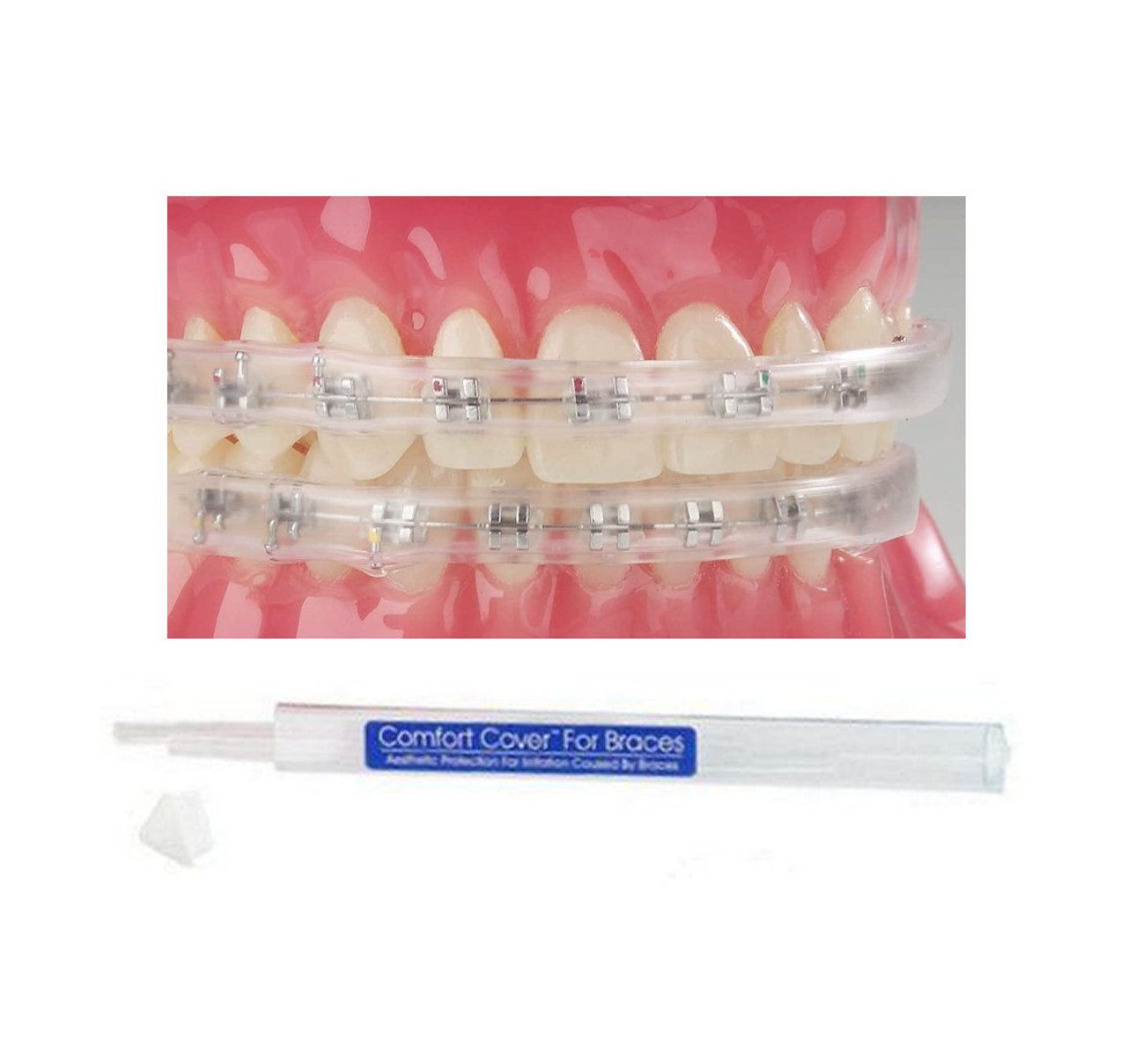Comprehensive Overview to Orthodontics Treatments for Remedying Oral Imbalances
Understanding the intricacies of each treatment, including their devices, advantages, and possible downsides, is crucial in making informed decisions concerning one's orthodontic treatment. As we navigate with the detailed overview to orthodontic procedures for remedying dental imbalances, the intricate information of each technique will certainly unravel, shedding light on the course toward a unified and functional oral positioning.
Orthodontic Procedures Introduction

Along with conventional dental braces and clear aligners, orthodontists might likewise suggest other treatments like headwear, palatal expanders, or retainers to address certain alignment problems (aligners). These treatments are tailored to every patient's special needs and might entail a combination of therapies to accomplish the wanted results. Normal adjustments and surveillance are critical parts of orthodontic treatment to make certain progress gets on track and to make any type of required alterations in the process. By going through orthodontic procedures, people can not only achieve a straighter grin but also improve their general oral wellness and function.
Typical Braces: How They Function
When considering orthodontic therapies for dental misalignments, typical braces stand out as a reliable method for remedying teeth placing. Standard braces are composed of brackets, cords, and bands that work together to apply constant pressure on the teeth, slowly moving them right into the desired positioning.
As pressure is applied to the teeth with the braces, the bone bordering the teeth is improved to support the brand-new tooth settings. Patients will certainly need routine adjustments at the orthodontist's workplace to guarantee the braces continue to use the right pressure for effective teeth motion.
Unseen Aligners: Pros and Disadvantages
Undetectable aligners use a hassle-free and very discreet option to traditional dental braces for remedying oral misalignments. These clear, customized trays are virtually unnoticeable when put on, making them an attractive alternative for individuals seeking a more visually pleasing orthodontic therapy. One of the primary benefits of invisible aligners is their removability, permitting much easier maintenance of dental health contrasted to conventional braces. Individuals can get rid of the aligners prior to eating or cleaning their teeth, lowering the threat of food obtaining embeded the device and streamlining the cleaning process.

Surgical Orthodontic Options
Surgical treatments in orthodontics present sensible options for dealing with intricate dental imbalances that might not be effectively fixed via conventional orthodontic treatments. While anonymous standard dental braces and invisible aligners can remedy several orthodontic issues, certain cases call for medical treatment to accomplish ideal results. Surgical orthodontic options are generally suggested for severe malocclusions, significant jaw discrepancies, and cases where the underlying bone structure needs modification to accomplish appropriate positioning.
One common surgical orthodontic treatment is orthognathic surgical procedure, which involves rearranging the jaws to correct functional problems such as trouble talking or chewing. This surgical treatment is usually carried out in partnership with an orthodontist that aids straighten the teeth prior to and after the treatment. Surgical orthodontics might likewise include procedures to expose influenced teeth, get rid of excess gum cells, or improve the jawbone to create a much more unified face account.
Prior to thinking about surgical orthodontic alternatives, clients undertake a detailed assessment to determine the requirement and potential advantages of such interventions. cumming invisalign. While surgical treatment may appear complicated, it can considerably boost both the function and aesthetic appeals of the smile in cases where standard orthodontic treatments drop short
Retainers and Post-Treatment Treatment

Failing to comply with post-treatment care directions can result in regression, where the teeth progressively relocate back towards their original settings. Regular retainer wear, good oral health, and regular dental exams are vital for keeping the outcomes achieved via orthodontic surgery and making certain the lasting stability of the remedied oral placement.
Verdict
In final thought, orthodontic treatments use numerous choices for correcting dental imbalances. Conventional braces make use like this of steel braces and cords to change teeth into appropriate positioning. Invisible aligners give a more very discreet choice however may not appropriate for all situations. Surgical orthodontic options are readily available for a lot more severe imbalances. Retainers are visit this site right here generally utilized post-treatment to maintain the brand-new positioning. Overall, orthodontic treatments can efficiently boost dental health and visual appearance.
As we browse via the comprehensive overview to orthodontic procedures for fixing oral misalignments, the intricate details of each method will certainly unravel, shedding light on the course toward a practical and harmonious oral placement. - invisalign
One of the most common orthodontic therapies is the use of braces, which consist of steel brackets and cords that use gentle stress to gradually move teeth right into the preferred placement.When taking into consideration orthodontic treatments for oral misalignments, typical braces stand out as a time-tested method for correcting teeth positioning. In addition, invisible aligners may not be appropriate for complicated orthodontic concerns that call for more significant teeth motion, as they are commonly recommended for mild to moderate situations. Retainers are personalized orthodontic devices designed to hold teeth in their fixed placements after the conclusion of orthodontic treatment.